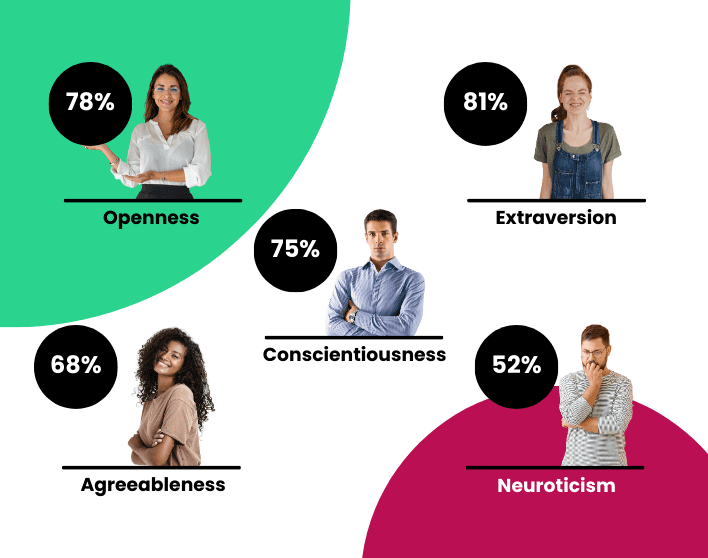Veronika Bougioukli
I-O Psychologist
For decades, hiring strategies revolved around job titles, qualifications, and rigid career paths. Job descriptions read like checklists, outlining fixed responsibilities and predefined career ladders. But today’s fast-paced business landscape has made this model outdated. Skills-based hiring is rewriting the rules.
Organizations are no longer just a collection of static roles. Instead, they are evolving ecosystems—dynamic networks powered by the diverse, ever-changing skills of their workforce. The rise of automation, artificial intelligence, and digital transformation demands flexibility, adaptability, and a workforce prepared for continuous change.
Employees are no longer confined to narrow job scopes. Instead, they contribute based on their unique skill sets, shifting fluidly across tasks and projects depending on business needs.
This paradigm shift sounds promising—but it’s not without challenges. Transitioning to a skills-first approach requires more than just good intentions. It involves rethinking how organizations identify, validate, and nurture the skills that drive success.
In this article, we’ll explore:
Why the skills-based approach is reshaping talent acquisition
Common challenges organizations face when shifting to a skills-first model
How to assess, manage, and continuously develop workforce skills
The role of AI-driven systems in enabling dynamic, scalable skills management
Why the Skills-Based Approach is Disrupting Talent Acquisition
For years, hiring practices have revolved around job titles, degrees, and years of experience. While these metrics offer surface-level insights, they no longer capture what organizations truly need: adaptability, potential, and the ability to grow with change. Job descriptions quickly become outdated as new technologies emerge and market demands shift.
Consider roles like software developers—it’s no longer enough to know a single programming language. New frameworks and tools constantly reshape the required skill set. In blue-collar industries, automation and advanced machinery mean today’s technicians need digital skills and adaptability that weren’t part of the job a decade ago.
That’s why more companies are turning to a skills-based approach. Instead of hiring based on rigid roles, they focus on the actual skills people bring to the table—whether that’s technical expertise, problem-solving, creativity, or leadership potential. It’s a model that views talent as dynamic, not fixed.
This shift allows organizations to move faster, stay competitive, and create more inclusive opportunities. It breaks down barriers by prioritizing abilities over credentials and opens the door for continuous development and internal mobility. Simply put, skills-first hiring builds a workforce that’s ready for whatever comes next.
The Growing Pains: Challenges of Adopting a Skills-Based Model
Shifting to a skills-first approach sounds like a no-brainer. After all, who wouldn’t want a more adaptable, future-ready workforce built around actual skills rather than rigid job titles?
But the reality is more complex. Moving away from traditional hiring models involves redefining long-standing processes, mindsets, and systems. It’s not as simple as swapping out job descriptions—it requires new ways of identifying, categorizing, and measuring skills, many of which evolve faster than most organizations can keep track of.
Without the right frameworks and tools, this shift can feel overwhelming. Companies often find themselves grappling with the speed at which skills change, the lack of consistency in how skills are defined, and the difficulty of evaluating skill levels objectively.
Let’s break down the most common challenges organizations face when making this transition.
Rapid Skill Evolution
Technology, automation, and shifting market demands constantly introduce new skills while making others obsolete. Just think about roles related to AI—prompt engineering didn’t even exist five years ago, and now it’s essential in many industries. Keeping up with this rapid pace requires continuous learning, but many organizations struggle to track these changes in real-time.
Industry-Specific Skills Move at Different Speeds
What’s considered cutting-edge in one industry might not even be on the radar in another. For example, blockchain is revolutionizing finance, but in other sectors, it’s still emerging. Companies need to tailor their skill strategies to match the speed of their specific industries—something easier said than done.
No Universal Skills Language
One of the biggest hurdles? There’s no standardized way to define or categorize skills. One company might look for "data visualization," while another demands "Power BI expertise"—both meaning similar things, but described differently. Without a common framework, skill-matching becomes messy and inconsistent.
Interconnected Skills Make Evaluation Tricky
Skills rarely exist in isolation. A developer proficient in Python might also need strong data visualization skills to truly excel—but traditional hiring methods don’t always recognize these overlaps. Evaluating the full skillset of a candidate or employee requires a more holistic, nuanced approach.
Outdated Job Descriptions Don't Reflect Evolving Skills
One often-overlooked challenge is the gap between actual job requirements and how roles are described. Companies need to conduct job analyses to uncover the unique skill sets each role requires—especially as those roles evolve. Without this, job descriptions often fail to reflect the real competencies needed, making it harder to attract and assess the right candidates. Updating job descriptions to be skills-based rather than responsibility-based is essential to ensure alignment between hiring needs and talent strategy.
The Solution: Dynamic, AI-Driven Skills Management
As skills continue to evolve rapidly, many organizations are still relying on rigid, static skills libraries. These predefined lists of skills may have worked in the past, but they struggle to keep up with today’s fast-changing workforce needs. Every time a new role appears or an emerging technology demands new competencies, someone has to manually update the skills list, decide which skills apply to which roles, and repeat the process regularly. This approach is not only inefficient—it’s unsustainable.
The solution lies in dynamic, AI-driven systems that can intelligently adapt to change, eliminating the need for constant manual adjustments.
Moving Beyond Static Skills Libraries
Traditional skills libraries require significant human effort to stay relevant. Someone has to continuously review the static list, decide how it applies to each job role, and update it as market demands shift. The result? A time-consuming process that can quickly become outdated.
Dynamic, AI-powered systems solve this problem by automating the link between skills and jobs. Instead of relying on a fixed list and manual mapping, the system itself suggests which skills are relevant based on the role being created or analyzed. It doesn’t just provide a list—it intelligently connects skills to each job, factoring in the current market landscape.
For example, Bryq uses AI to automatically recommend the skills needed when building a role, removing the manual effort and ensuring alignment with market trends.
Skills Evaluation and Continuous Updates
A true skills management system doesn’t stop at listing skills—it also needs to measure them accurately. Dynamic platforms often integrate built-in assessments that allow organizations to evaluate actual skill levels, ensuring the skills identified aren’t just theoretical.
What sets these systems apart is their ability to stay current. The skills taxonomy itself is frequently updated, not left static or dependent on periodic overhauls. This keeps the information fresh and aligned with the ever-changing realities of the market and workforce.

From Insight to Action: Your Skills Strategy Guide
Recognizing the need for a skills-first approach is only the starting point. To make it work, organizations need a structured plan—one that ensures they know their current capabilities, anticipate future needs and equip their workforce to grow alongside the business.
Assess Current Skills
Before planning for the future, you need a clear picture of where you stand today. Yet many organizations still rely on résumés, outdated job descriptions, or self-reported skills—methods prone to gaps and inaccuracies. Instead, adopt objective, data-driven tools. Use science-backed assessments to measure cognitive abilities, soft skills, and technical skills. Apply semantic skills matching technology to analyze job descriptions and employee profiles in context. Combine this with performance data to build a reliable, bias-free skills inventory.
But skills evolve. As employees grow, take on new projects, or adapt to change, so do their capabilities. That’s why continuous reassessment is key. Make skills evaluation an ongoing process: integrate skill check-ins into performance reviews, schedule periodic reassessments, and use AI-driven tools to automatically update profiles based on new training, certifications, or role changes.
Once you’ve mapped your current skills landscape, it’s easier to spot gaps. Knowing what’s missing lets you design targeted reskilling and upskilling programs—aligned with immediate priorities, long-term business goals, and employee growth.
Start Thinking About Your Skills Strategy
Understanding your current skills is only half the battle. To remain competitive, organizations need to think long-term and proactively design a skills strategy that evolves with market demands.
What future skills should you prepare for?
The key here is anticipation. Start by tracking: emerging technologies driving change in your industry; shifts in customer expectations or regulatory environments; and industry-specific trends that influence required skill sets. By preparing early, you prevent critical skill shortages before they become business risks.
Monitor industry trends to stay proactive
Stay informed by regularly reviewing market reports and competitor insights, partnering with HR tech vendors for up-to-date market intelligence, and keeping tabs on evolving regulations and technologies. This vigilance ensures your skills strategy remains relevant, not reactive.
Do these skills align with your business goals?
It’s not enough to prepare for change—you need to make sure your future skills roadmap aligns tightly with your broader objectives. Are you planning international expansion? Is digital transformation a key focus? Are you investing in innovation? Your workforce development efforts should clearly support these strategic priorities.
How to get employees on board without making them feel threatened
Upskilling can trigger anxiety, especially when employees fear being replaced by technology or new talent. To ease this, communicate openly—show how continuous learning benefits them personally. Frame development programs as opportunities for growth, not obligations, and recognize progress to keep engagement high. A supportive, transparent approach builds a culture where employees embrace learning rather than resist it.
Encourage cross-functional training to diversify skills
Agility thrives when employees can adapt beyond their immediate roles. Cross-functional training breaks down silos and strengthens collaboration. Give employees opportunities to join cross-departmental projects, share knowledge, and apply skills in different contexts. This builds a workforce that’s versatile, engaged, and ready to pivot as priorities shift.
Implement an AI-Driven Skills Ontology Solution
Managing skills manually isn’t sustainable. Static spreadsheets and rigid taxonomies can’t keep up with today’s pace of change. You need a system that tracks skills in real time and stays relevant. AI-driven skills ontology solutions do exactly that—automatically updating skills data, identifying how skills connect, and adapting as new skills emerge. This keeps your workforce data accurate, actionable, and aligned with both current and future needs.
Validate Those Skills
Claiming skills is easy—but proving them is what counts. It’s the difference between someone saying they’re a great singer and being ready to headline a show. Without proper validation, you risk misaligning talent and leaving critical gaps unnoticed. Use advanced skill validation tools, like Bryq, to objectively assess employee competencies. Regular validation keeps skill profiles accurate and trustworthy. It ensures better talent alignment, matching employees to roles where they can excel.
Collaborate with HR Tech Vendors
Finally, remember—you don’t need to manage this transformation alone. Partnering with HR tech vendors and assessment companies equips you with the tools, insights, and support you need to stay ahead. These partners can provide scalable platforms to track, assess, and analyze skills continuously. They offer solutions for real-time skills tracking and validation. They share market intelligence to keep your skills strategy aligned with external trends. By leveraging these partnerships, you ensure your organization doesn’t fall behind in a rapidly evolving talent landscape.
Conclusion: Thriving in a World of Constantly Evolving Skills
In today’s fast-moving world, one thing is certain: skills are never static. Technologies advance, industries shift, and entirely new roles emerge—often faster than organizations can keep up. Traditional hiring models rooted in rigid job titles and fixed career paths no longer reflect the reality of how work gets done.
The real challenge and opportunity lie in recognizing that skills evolve—and so must your approach to managing them. A skills-first mindset allows companies to move beyond outdated structures, tapping into the full potential of their workforce as capabilities shift and grow. But adapting to this reality requires more than good intentions. It demands accurate, ongoing assessment of current skills, proactive strategies to anticipate future needs, and the flexibility to reskill, upskill, and redeploy talent as demands change.
It also means embracing AI-driven tools and dynamic systems that can keep pace with the rapid evolution of skills, providing real-time insights and validation to guide smarter decisions.
Ultimately, organizations that understand that skills are fluid, interconnected, and always evolving will be the ones best positioned to stay competitive, foster innovation, and future-proof their workforce. Those who cling to static models risk falling behind.










Social Media Recruiting: Tips to enhance you hiring process